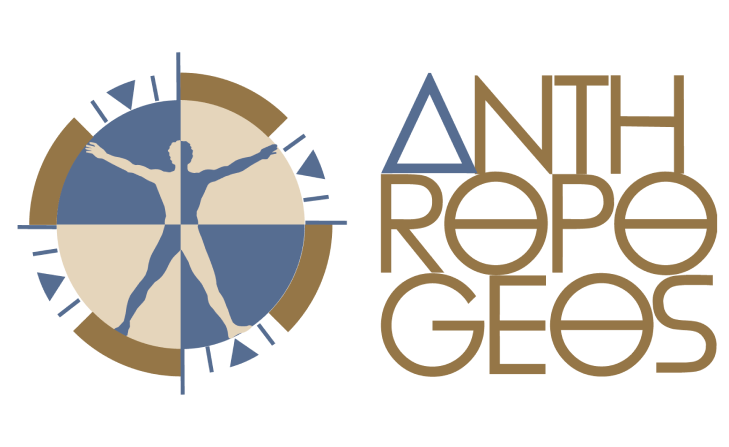THE GOBI DESERT
THIS FORMAT ALSO ALLOWS YOU TO EXPERIENCE THE SAME PLACES FROM DIFFERENT PERSPECTIVES. OF COURSE, AN OBJECTIVE PICTURE WILL NOT COME FROM THIS, BUT THIS IS NOT OUR INTENTION. RATHER, IT IS INTERESTING TO SEE HOW PROFESSION, EXPERIENCE AND OTHER PERSONAL FACTORS CAN SHAPE TWO VERY DIFFERENT PERSPECTIVES OF THE SAME PLACES AND EVENTS.
THIS FORMAT ALSO ALLOWS YOU TO EXPERIENCE THE SAME PLACES FROM DIFFERENT PERSPECTIVES. OF COURSE, AN OBJECTIVE PICTURE WILL NOT COME FROM THIS, BUT THIS IS NOT OUR INTENTION. RATHER, IT IS INTERESTING TO SEE HOW PROFESSION, EXPERIENCE AND OTHER PERSONAL FACTORS CAN SHAPE TWO VERY DIFFERENT PERSPECTIVES OF THE SAME PLACES AND EVENTS.
THE EXPEDITION TOOK PLACE IN JUNE 2011 AND LASTED 21 DAYS.
Within a relatively small area, approximately fifteen terrestrial ecosystems coexist, including desert and semi-desert, mountain tundra, taiga, mountain forest-tundra, alpine meadows and mountain steppes. This unique region leads one to question how people managed to adapt to such different conditions.
Within a relatively small area, approximately fifteen terrestrial ecosystems coexist, including desert and semi-desert, mountain tundra, taiga, mountain forest-tundra, alpine meadows and mountain steppes. This unique region leads one to question how people managed to adapt to such different conditions.







